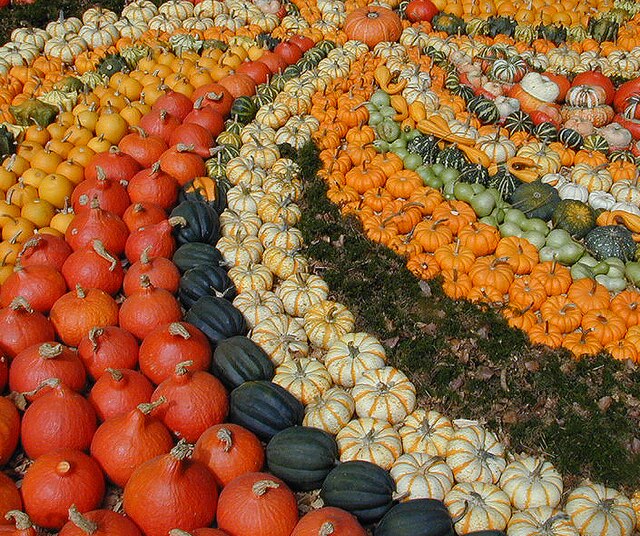Phytochemicals are chemical compounds produced by plants, generally to help them resist fungi, bacteria and plant virus infections, and also consumption by insects and other animals. The name comes from Greek φυτόν (phyton) 'plant'. Some phytochemicals have been used as poisons and others as traditional medicine.
Red, blue, and purple colors of berries derive mainly from polyphenol phytochemicals called anthocyanins.
Cucurbita fruits, including squash and pumpkin, typically have high content of the phytochemical pigments called carotenoids.
Berries of Atropa belladonna, also called deadly nightshade
Traditional medicine comprises medical aspects of traditional knowledge that developed over generations within the folk beliefs of various societies, including indigenous peoples, before the era of modern medicine. The World Health Organization (WHO) defines traditional medicine as "the sum total of the knowledge, skills, and practices based on the theories, beliefs, and experiences indigenous to different cultures, whether explicable or not, used in the maintenance of health as well as in the prevention, diagnosis, improvement and treatment of physical and mental illness". Traditional medicine is often contrasted with scientific medicine.
Traditional medicine in a market in Antananarivo, Madagascar
Botánicas such as this one in Jamaica Plain, Boston, cater to the Latino community and sell folk medicine alongside statues of saints, candles decorated with prayers, lucky bamboo, and other items.
Curandera performing a limpieza in Cuenca, Ecuador
Sometimes traditional medicines include parts of endangered species, such as the slow loris in Southeast Asia.







